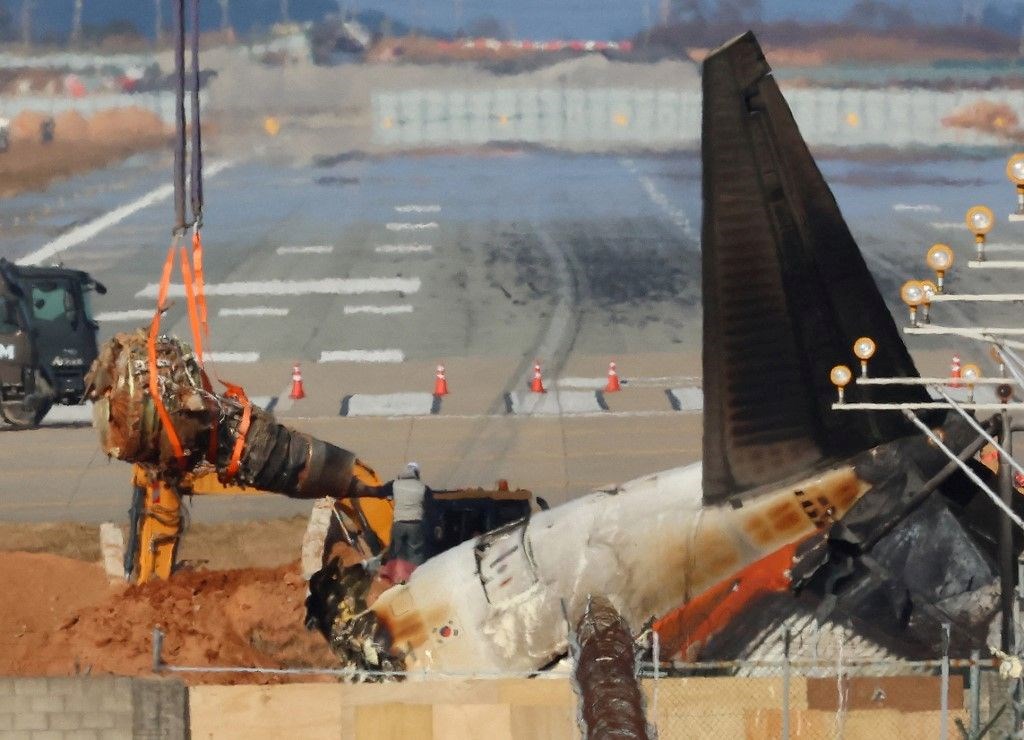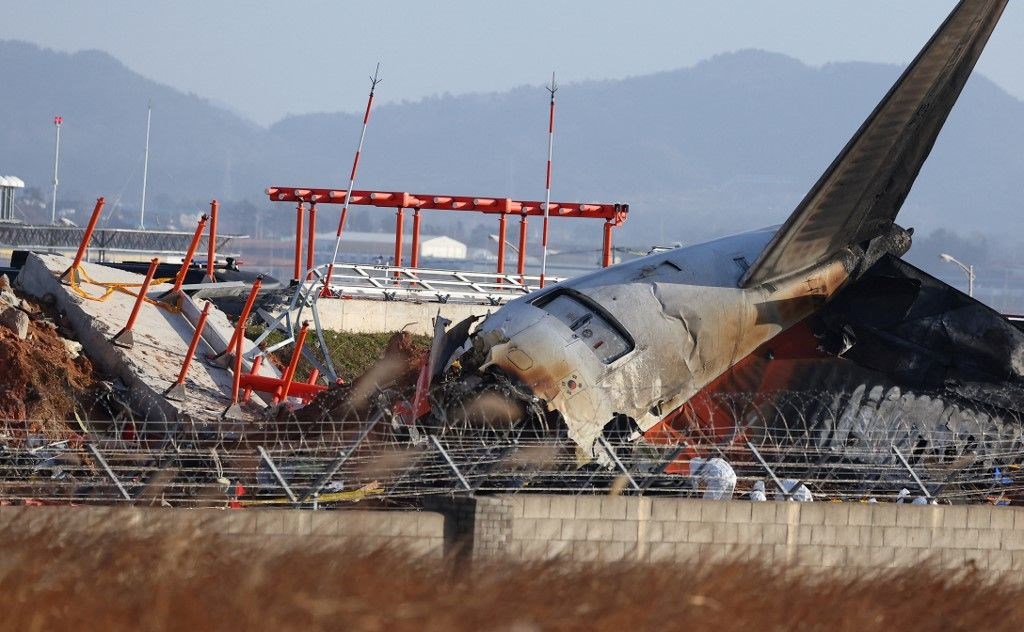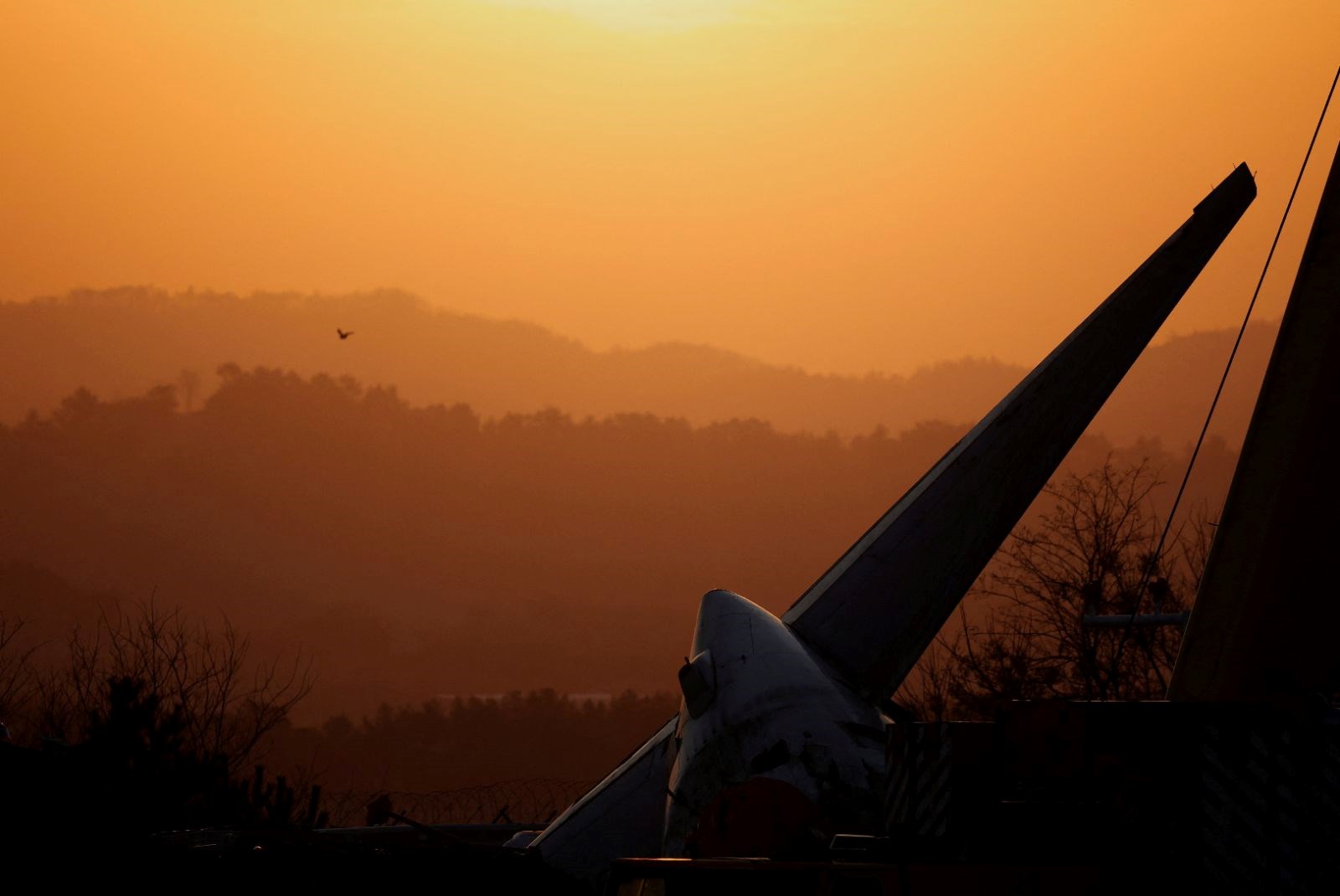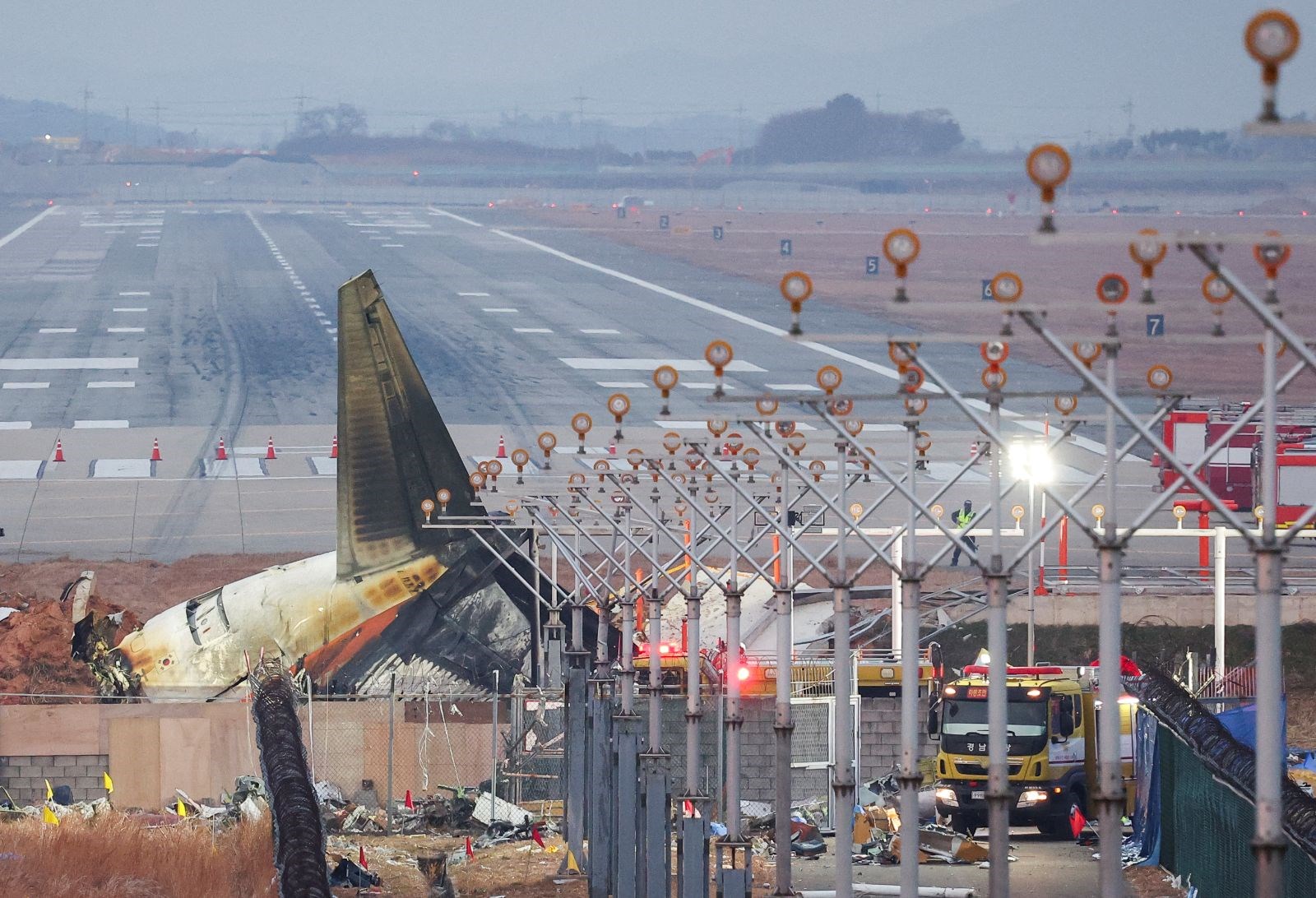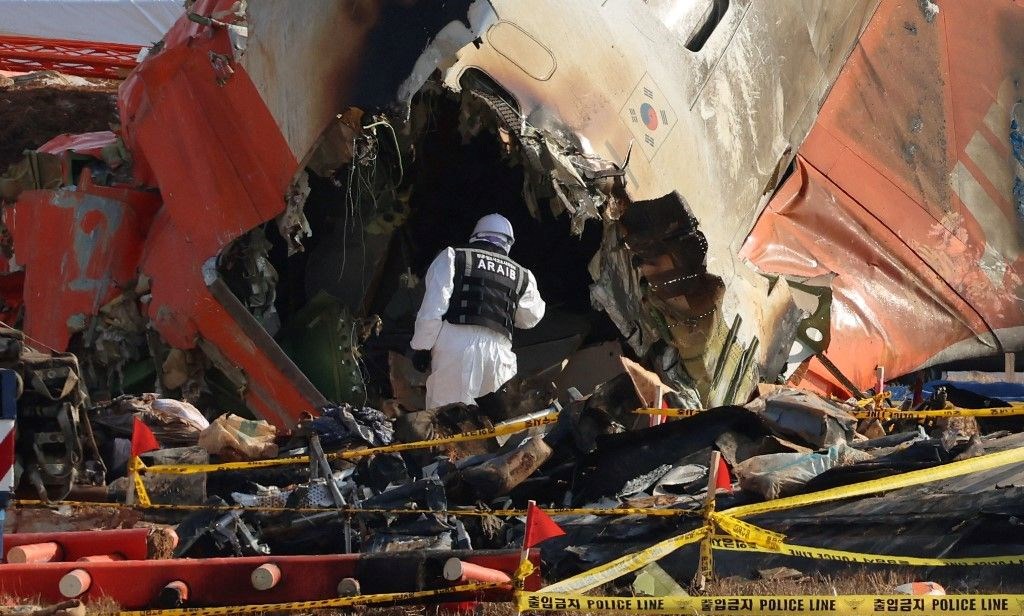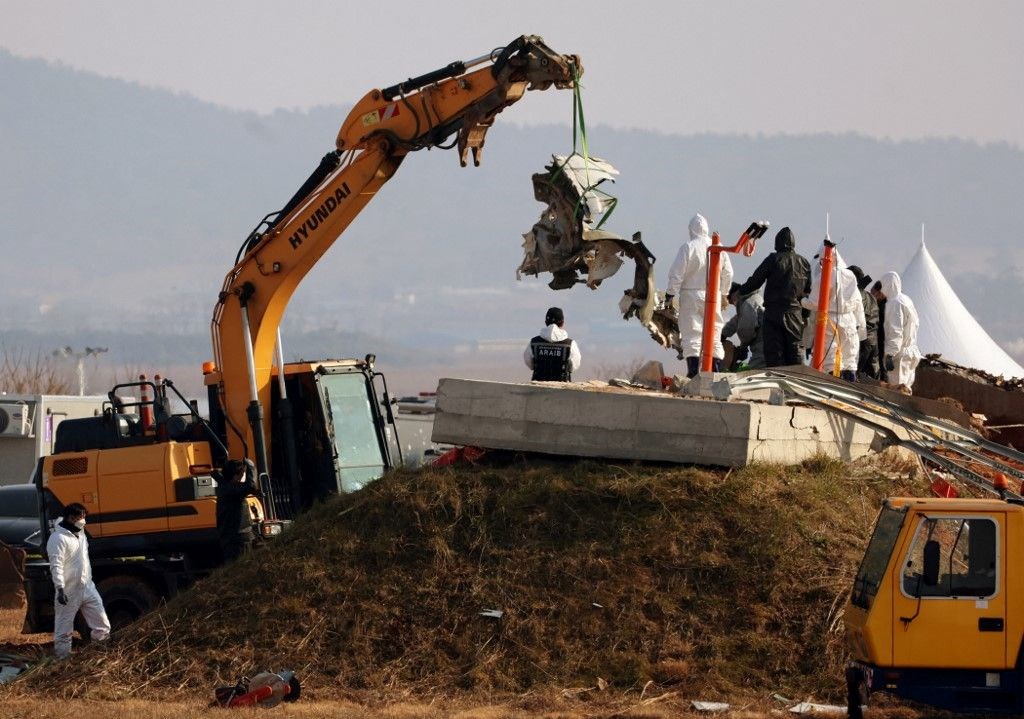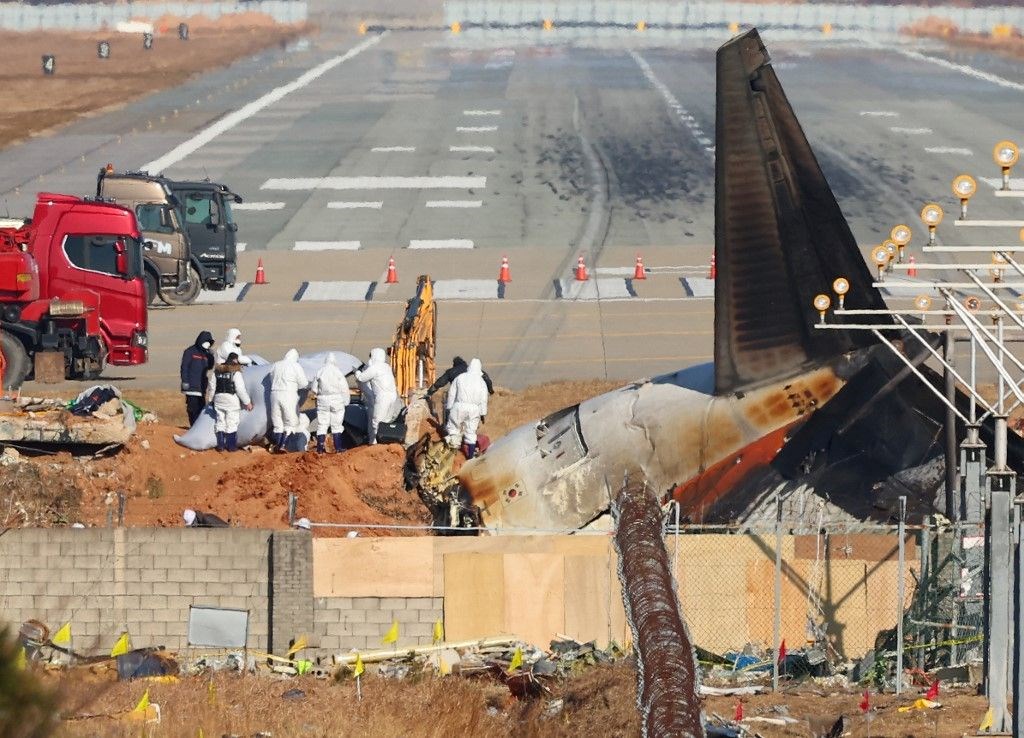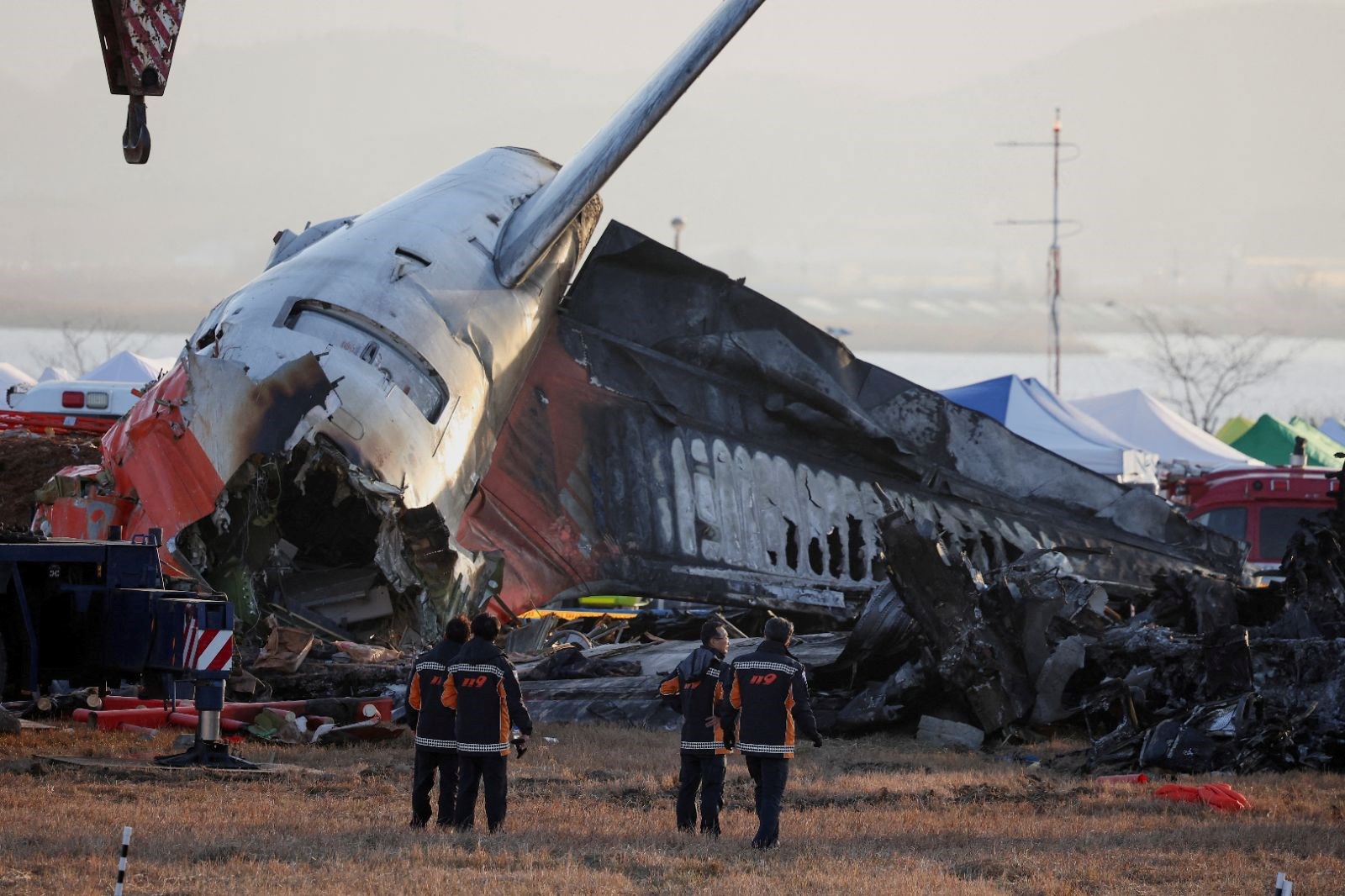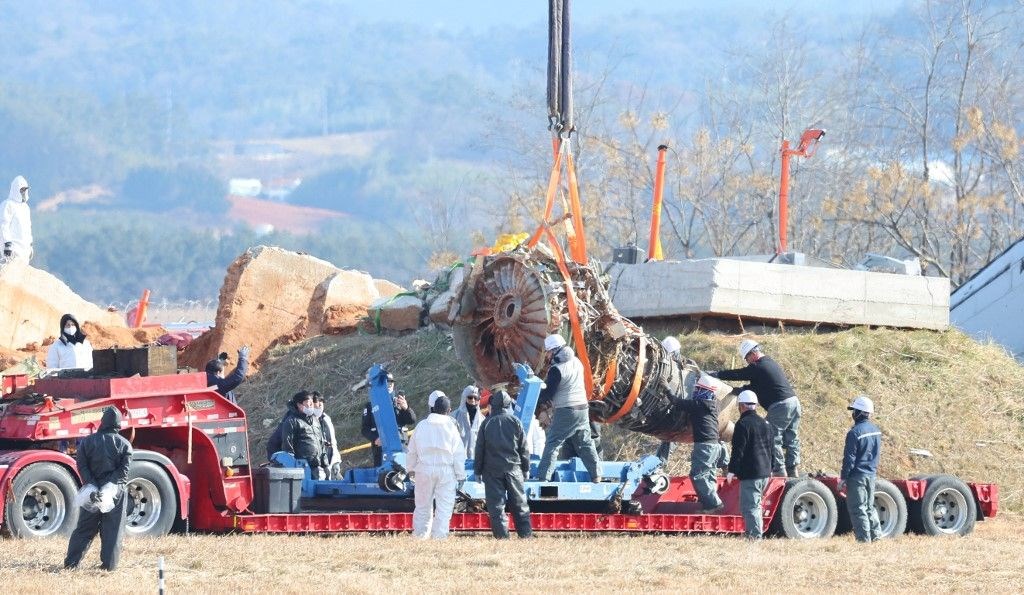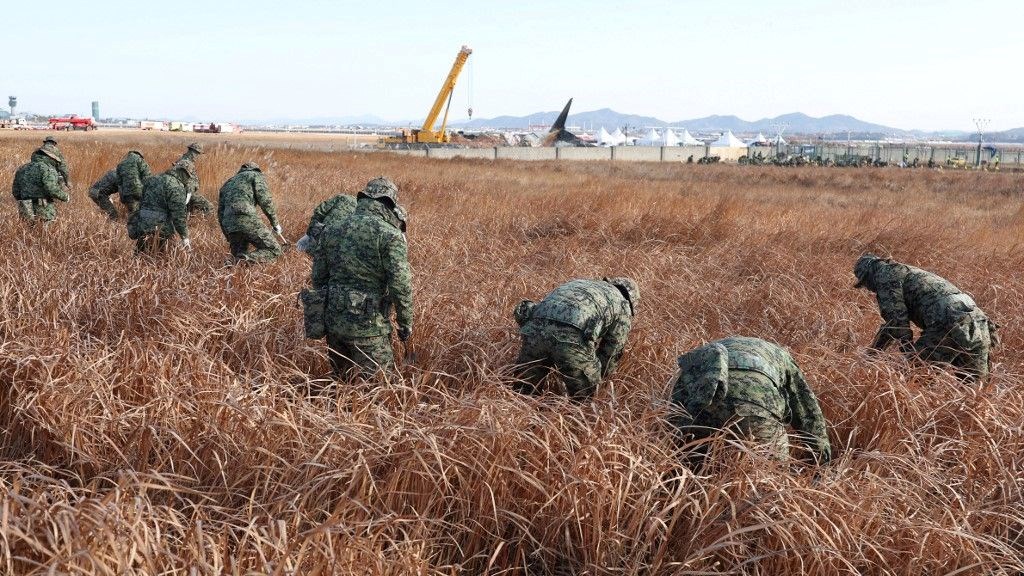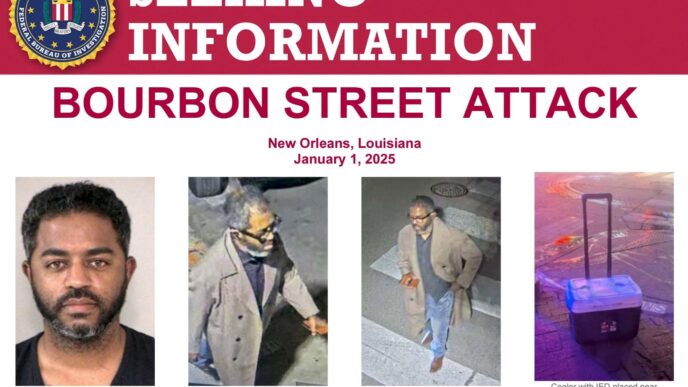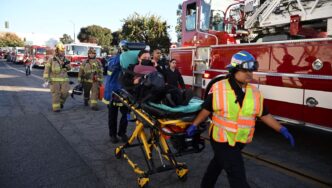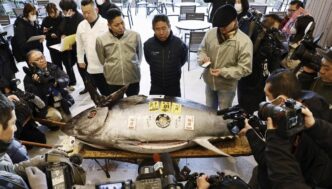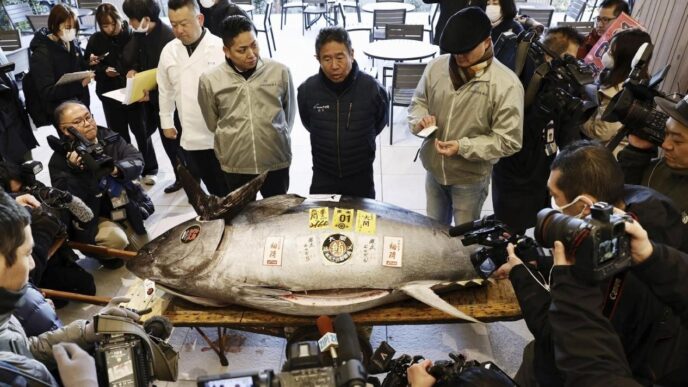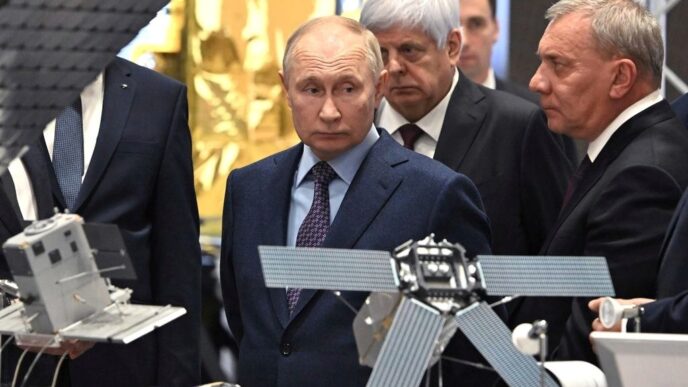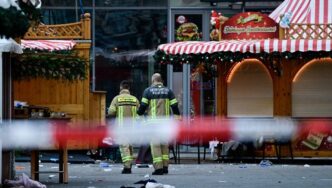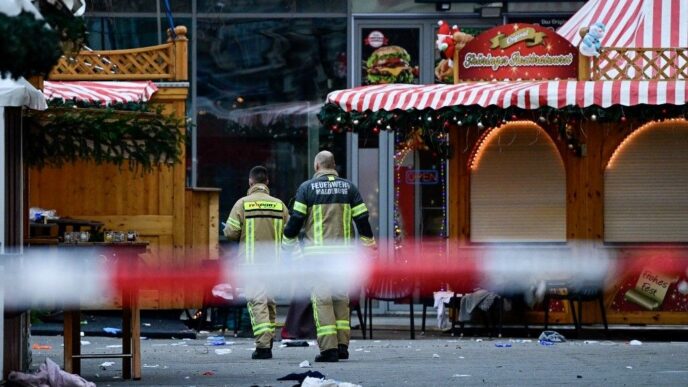A passenger plane carrying 175 passengers and 6 flight attendants in South Korea skidded off the runway and crashed into a wall. 179 of the 181 people on board lost their lives in the accident. As debris clearing efforts begin at Muan Airport, where the accident took place, various questions have arisen. Experienced pilots using the airport claim that they were unaware of the concrete wall that triggered the explosion on the plane. It is stated that the concrete wall, which cannot be distinguished from a pile of soil when viewed from the air, is not on any airport map or guidebook. These claims are the answer to the question of “negligence or conspiracy?” in one of the worst aviation disasters in South Korea’s history. question comes to mind. Here are the new claims about the accident and the latest status of the wreckage…

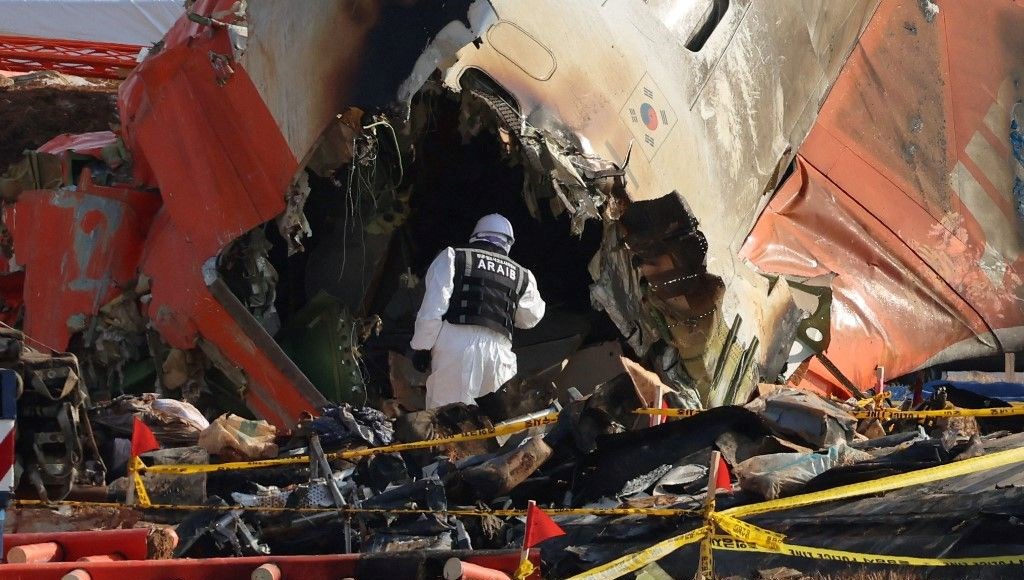
Add a comment
